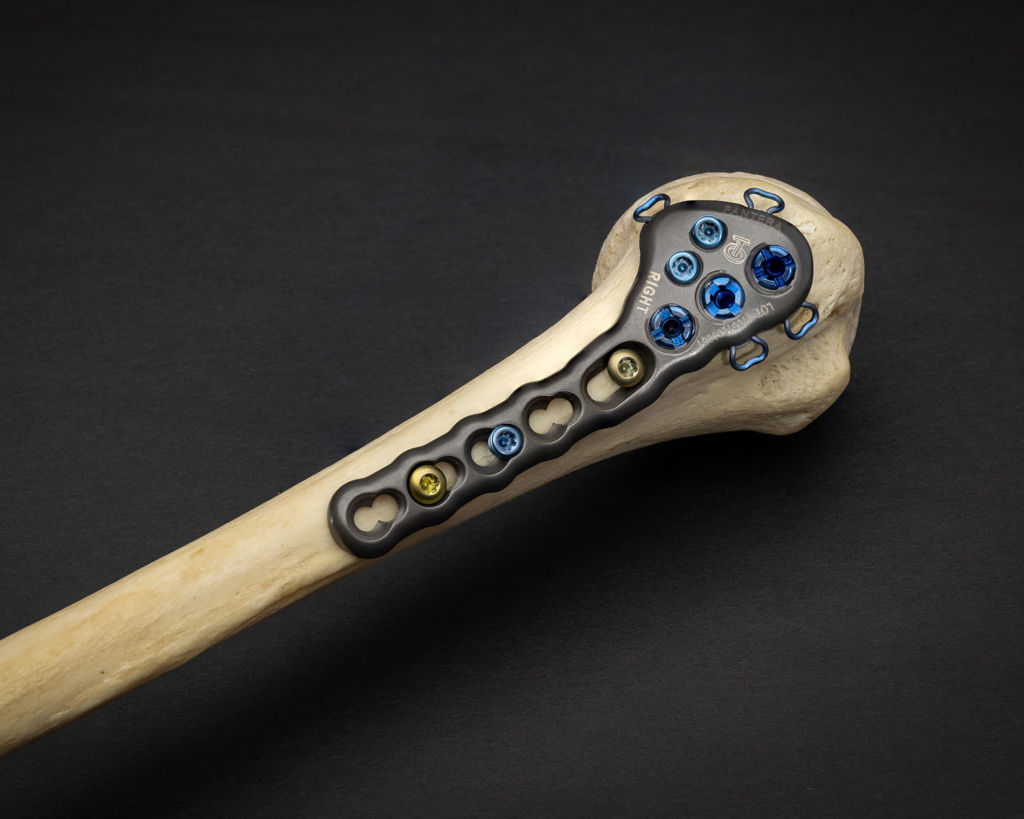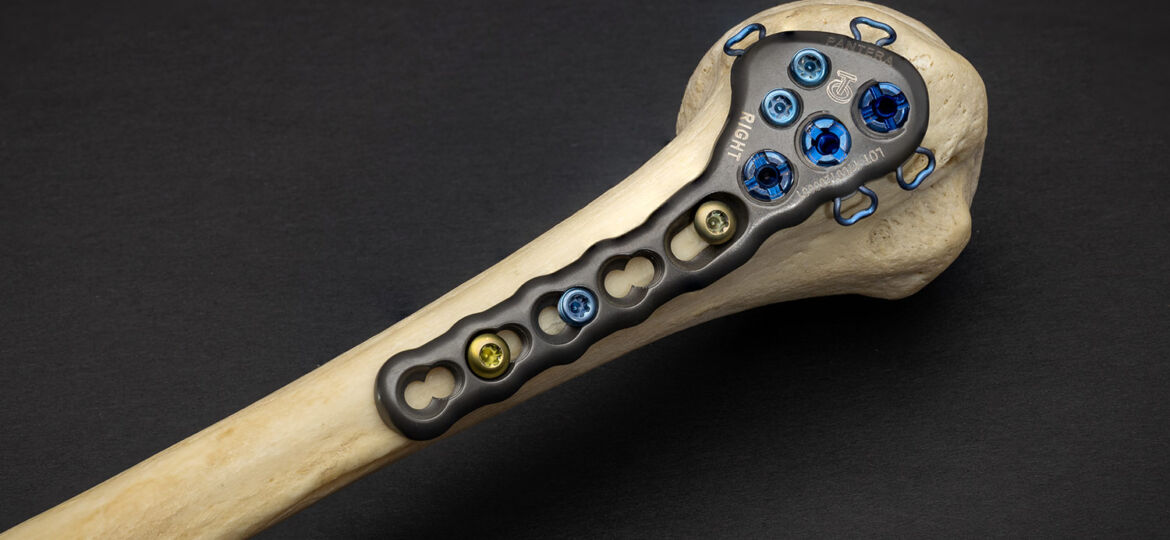Taking care of your joints
Taking good care of your joints is key to ensuring you will remain mobile well into old age.
To strengthen joints ensure that you keep active and integrate stretching routines in your daily schedule to maintain muscles and joints supple.
Dietary and lifestyle changes
In addition to opting for gentle exercise and a more active lifestyle with low-impact exercise on the joints, you may want to integrate more vitamin D and calcium in your diet. Finally, quitting smoking is an overall health booster.
Inside the body: the shoulder joint
What is the shoulder joint or humerus
The shoulder bone, or humerus, is the largest bone in the upper body. It articulates with the scapula and comprised the shoulder joint. Whether you’re a keen tennis player or simply want to hide the candy on the top shelf, the shoulder plays a key role in determining mobility and quality of life.
Muscles arounds the shoulder joint
The muscles about the shoulder are divided into a deep set of muscles, referred to as the rotator cuff, and a more superficial set of muscles (deltoid and pectoralis). The muscles of the rotator cuff insert into the proximal humerus and are key to the proper functioning of the shoulder joint. The large muscle that envelops the shoulder joint is called the deltoid. Certain injuries can interrupt the blood supply to the shoulder leading to injury, the most common are fractures.
Risk factors for fractures
Shoulder fractures and age
Shoulder fractures are one of the most common injuries but there are specific groups of people that are more at risk. Older people, for example, are not only more likely to fall leading to a fracture, but usually have lower bone density meaning their bones fracture more easily and in more points. The fact that bone is weak also means that interventions and surgeries using traditional medical devices are more difficult and less likely to be effective.
Other risk factors for fractures
Other people that might be at higher risk of fracturing their shoulder more severely are those suffering from diabetes, kidney stones or eating disorders. Any condition that may impact bone density can make fractures more dangerous.
About humeral fractures
A history of fractures
The patterns of fractures concerning the proximal end of the humerus have been classified according to American surgeon Charles Neer in 1971 into two, three and four-part fractures depending on how many fragments resulted from the injury. The majority of fractures are minimally displaced and can heal without surgical intervention.
Repair goals for humeral fractures
The goal of surgical treatment is to achieve anatomic realignment of the fracture fragments, or fracture reduction. It also aims to stabilize them sufficiently such that rehabilitation can begin soon after surgery.
Limitations of traditional plating systems
Many patients with weaker, osteoporotic bone experience failures with traditional plating systems. Often, the screws will cut through the soft bone over time, protruding into the joint. This painful experience results in a loss of fixation. It can also mean either a second plating surgery or a partial or total shoulder replacement.
An alternative to plating proximal humerus fractures is the partial or total replacement of the shoulder joint. Historically, treatment for fractures where plates or screws are not effective has meant partial joint replacement. Unfortunately, the functional outcomes of fractures patients after joint replacement are often mediocre and deteriorate with time.

Toby Panthera® for humerus fracture repair
To overcome these limitations and give people back their mobility after fractures, Toby Orthopedic has developed next generation plating technology, the Panthera®. The new design is minimally invasive, provides unrivalled stability and minimizes pain.
How to aid recovery
This injury normally takes 6-12 weeks to heal and your caregiver will provide you with a detailed rehabilitation program post-surgery that must be followed rigorously.
Typically, you will be given exercises to carry out on a daily basis to ensure muscle tone is built constantly. Although initially your arm will be in a sling for a large number of hours, the aim is to gradually regain complete mobility. The objective is to keep the shoulder moving to prevent stiffness but not to aggravate the injury.
You may find it comfortable to sleep propped up with pillows or to apply cold ice packs to sore areas.
Finally, smoking has been shown to prolong healing processes.
* TOBY is an implant manufacturer and does not practice medicine. Only a healthcare professional can properly advise regarding anatomy, treatment options, and a patient’s specific injury and needs. TOBY makes no representations or warranties regarding the information contained on this website.


